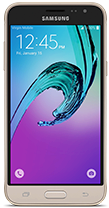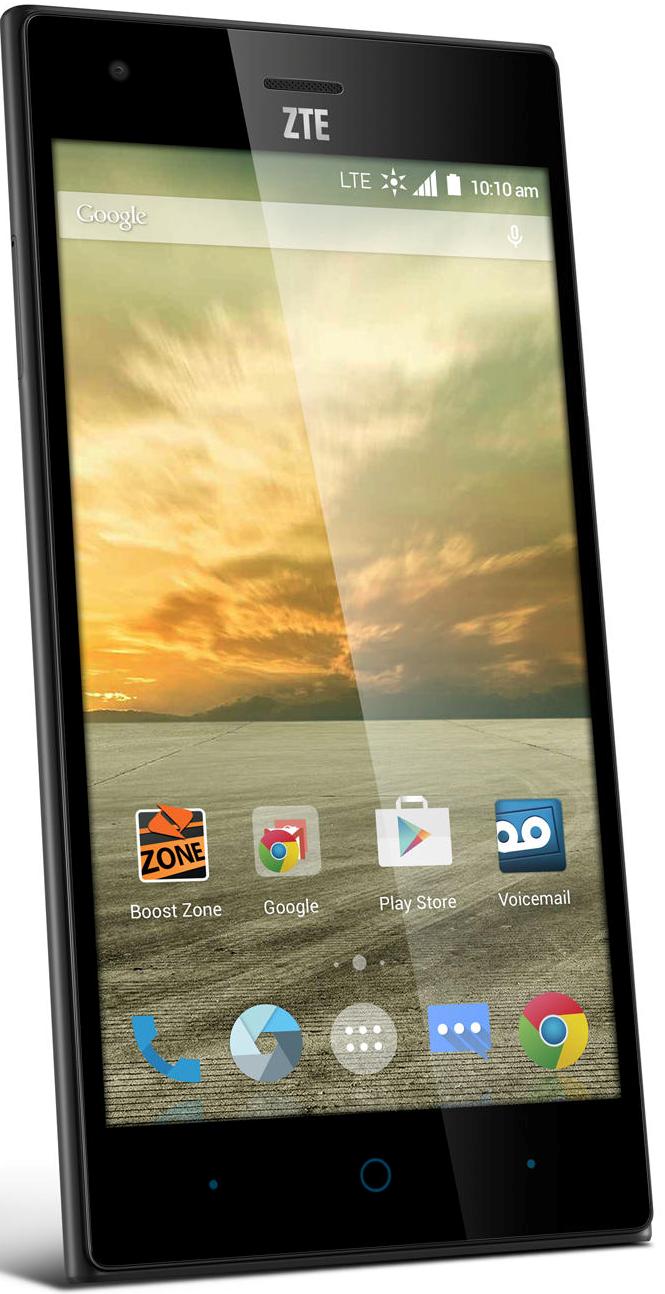Sprint Prepaid Wireless Multi-Brand Strategy!
Are you interested in learning about the Sprint prepaid wireless strategy? Sprint has really been flailing all over the place for years as its postpaid business has been suffering, along with its prepaid brands. Sprint's history in prepaid is a long one, including some tremendous investments in the no contract wireless space in 2009 and 2010. On May 6th 2010, less than a year after it acquired Virgin Mobile USA, Sprint announced its multi-brand prepaid strategy.
If you haven't yet read the discussion about its brand strategy options, you can catch up by heading over to Sprint Acquires Virgin Mobile. There's no doubt that Sprint's approach can be really confusing, always seems to be changing, and often seems strategically unsound. Some of the elements of the options explored ended up being a part of the Sprint prepaid wireless strategy, however, admittedly, I missed the mark when it comes to how they ultimately ended up approaching the prepaid market with their brand portfolio approach!
It just goes to show you that the prepaid wireless industry is just so dynamic and complex; I think that's why I love this industry so much! That's not to say that I personally agree with the approach they took. In fact, I like to call Sprint's chosen approach the lazy-person's approach to market segmentation, and no doubt their back end operations are tremendously inefficient and costly. However, one thing that I have learned over the years working in prepaid is that there's always more than one way to be successful. And to the contrary, there's also more than one way to lead to failure as well. Anyway, let's take a look at the Sprint prepaid wireless strategy:
Sprint's Multiple Prepaid Brands [at the time of the announcement]
| 1. |  |
Boost
Mobile |
| 2. |  |
Virgin Mobile |
| 3. |  |
Assurance Wireless (Merged with Access Wireless) |
| 4. |  |
Common Cents Mobile (Discontinued in 2011) |
How Are Sprint's Prepaid Wireless Brands Positioned?
- Boost Mobile - While for the meantime it will continue to offer pay-as-you-go and monthly plans, Boost is focusing on the best value when it comes to unlimited talk and text.
- Virgin Mobile - The Virgin brand became focused on what they called Beyond Talk, meaning that they would offer the best value in unlimited messaging, email, Web, and data. Note that this includes Prepaid Broadband offers (which they discontinued in 2016). Voice minutes are still included, though not unlimited unless you buy up to their highest plan.
- Assurance Wireless - Assurance Wirelesss was Sprint's Free Cell Phone Service for low income households. It's available in select markets and continually expanding. That said, Sprint sold off a majority stake to Access Wireless in an attempt to simplify its business in 2016.
- Common Cents Mobile - Common Cents was a new brand that was announced along with their multi-brand strategy as a PAYG program initially exclusive to Walmart that focused solely on low usage, cost conscious customers. It launched at a flat $0.07/min rate with a unique-to-the-industry feature of rounding DOWN to the nearest minute instead of the standard rounding up to the nearest minute. This brand was never successful and was discontinued in 2011, barely a year following its official launch.
- Both Boost and Virgin offer smartphones in their handset lineups, however, Virgin is expected to carry the higher end phones. Note that this strategy never really came to fruition, and Virgin ultimately started offering iPhones, Samsung Galaxy smartphones, and the like.
- To get unlimited talk, text, and Web on Virgin, it cost $10 more than the same features on Boost.
- Virgin discontinued its PAYG (per minute) plans, while Boost continued to offer its PAYG plan. Note that Boost also discontinued its daily plan offering.
My Two Cents About the Sprint Prepaid Wireless Brand!
I strongly believe that Sprint leadership had a tremendously difficult time deciding how to manage their brands. Assurance Wireless is easy and largely lives on its own. Common Cents Mobile seemed to be a good way to focus on the super low end of the market without diluting its unlimited programs, and having a clear message to target to value conscious customers. However, it failed extremely quickly.

Boost and Virgin seem to get a lot more complex. Each brand on its own has sufficient equity to not want to eliminate one of them. And while Sprint management believes that they target different segments of the market, I have to believe that there is more overlap that they're willing to admit. So in the short term they differentiated the brands by having one focus on voice and text, while the other focuses on messaging, email, and data. HOWEVER, I believe that in the long run, many of the strategies that I explored previously will still need to be considered.
The logical /conclusion here is that Sprint still has a lot of thinking (and perhaps experimentation!) to do with how to handle the Virgin and Boost brands in the long run, and only time will tell. But one thing is for certain - things will not remain as they are; they never do!
Home
›
No Contract Cell Phone Plans
›
Sprint Prepaid Wireless Multi-Brand Strategy
| Be Heard! Let prepaid wireless providers know what you want; fill out the survey now. |



Comments
Have your say about what you just read! Leave a comment in the box below.